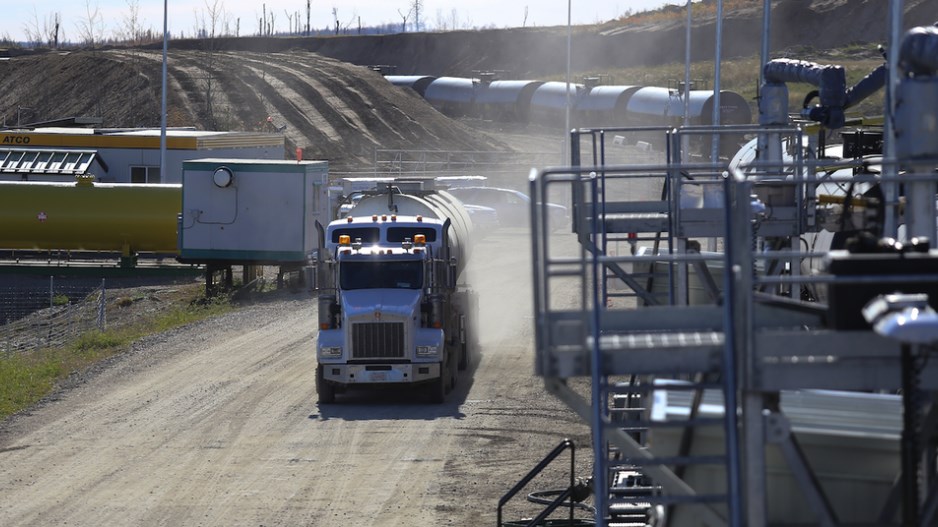Canadian crude by rail volumes are expected to continue breaking records all through next year as production exceeds pipeline export capacity.
Trainloads of Canadian crude have reached new records in the last two months of data from the National Energy Board, hitting 200,000 bbls/d for the first time in June.
Analysts with Peters & Co. expect that volumes have surged as high as 300,000 bbls/d. That's only going to go higher as the discount between Canadian crude and U.S. oil stays wide.
“We estimate the Western Canada Sedimentary Basin will need to move approximately 500,000 bbls/d of oil by rail to create a balanced market and improve differentials through 2019,” Peters & Co. said this week.
The Enbridge Line 3 project coming online in 2020 is expected to reduce rail requirements, but not by much. The line’s 370,000 bbl/d capacity will be offset by new production growth from western Canada, analysts said.
The spread between WTI and Western Canada Select, which is “normalized” around $12-$15/bbl, is currently $27/bbl and will swing broadly next year, they added.
“Heavy and light differentials should be wide and volatile through 2019 as this plays out…the biggest question on differentials over the next year is likely regarding rail, and whether a number of >400,000 bbls/d can be sustainably achieved.
“Longer-term, one of the other proposed pipelines (Keystone XL or TMX) is required to fully remove the need for rail. This need has added to the disappointment of the recent TMX court decision.”




